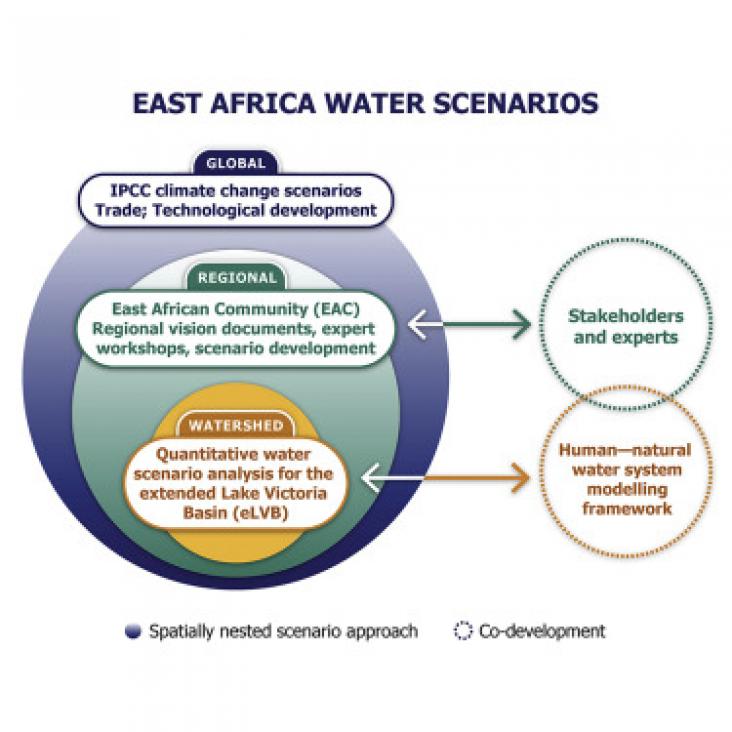The crisis provoked by COVID-19 has rapidly and profoundly affected Latin America.
Minorities and marginalized groups have increasingly become the target of discriminatory actions related to the COVID-19 pandemic.
Background: The objective of the current study is to investigate whether an area-level measure of racial sentiment derived from Twitter data is associated with state-level hate crimes and existing mea
The current COVID-19 pandemic represents an acute threat to the health of adults and children across the globe.
Healthcare professionals are exposed to several stress factors, especially during health emergency situations like Covid-19.
The present numerical study investigated the transportation time of the inhaled chemicals in three realistic human airway models by adopting a methodology from the field of the building ventilation.
This article supports SDGs 3 and 10 by assessing racial and ethnic disparities in seasonal influenza vaccine uptake among older US adults. The findings show substantial disparities in uptake and suggest that new strategies are urgently needed to address these inequities.
This Article supports SDGs 3 and 10 by evaluating ethnic inequalities in health among older adults (55 years or older) in England. The large, cross-sectional study includes more than a million survey respondents, and identifies wide ethnic inequalities in health-related quality of life, prevalence of long-term conditions, experiences of primary care, support from local services, and confidence in managing one's own health. Outcomes varied widely between minority ethnic groups, both in the direction and magnitude of associations.

A hydro-economic assessment of the headwaters of the Nile River revealed the upstream-downstream linkages and interconnections among socio-economic development, climate change, and the environment.
This Viewpoint supports SDGs 3, 6, and 7 by discussing some of the reasons why many of the innovations and technologies for WASH (water, sanitation, and hygiene) and household air pollution developed in recent decades have not led to the expected improvements in health outcomes, and why many of these interventions have either been inconsistently adopted by low-income households, or not adopted at all.
